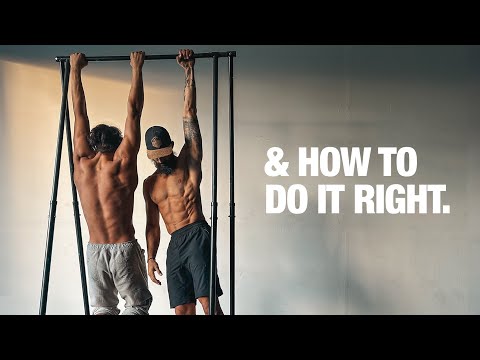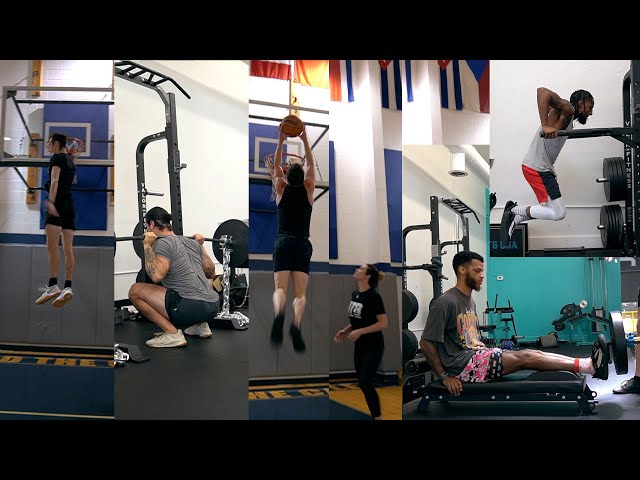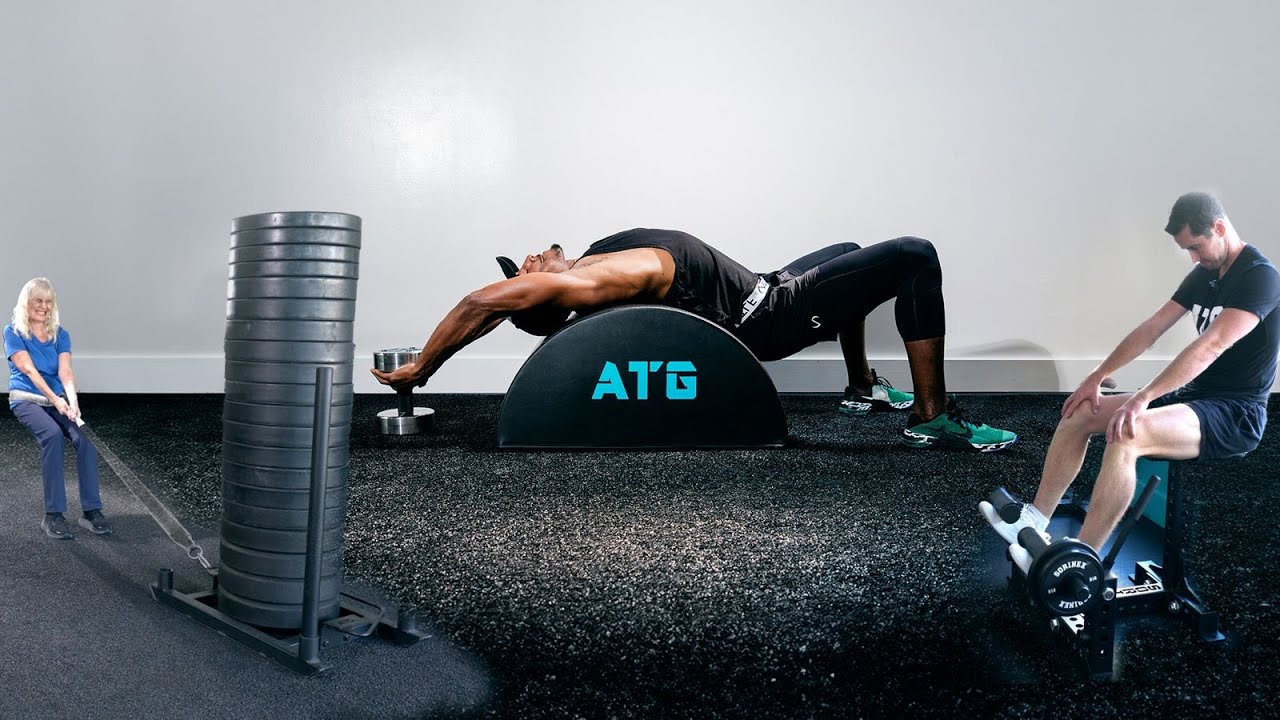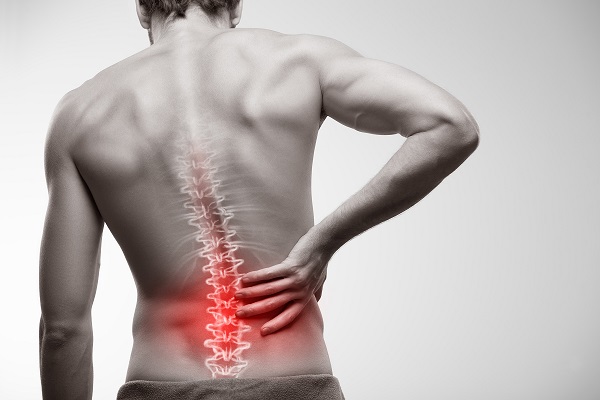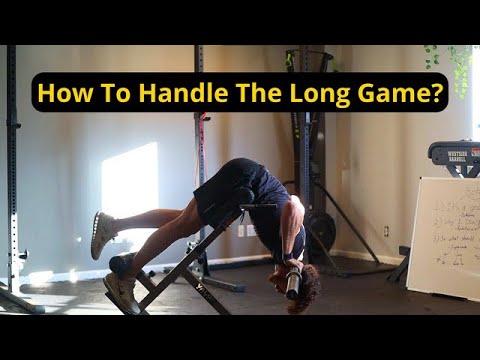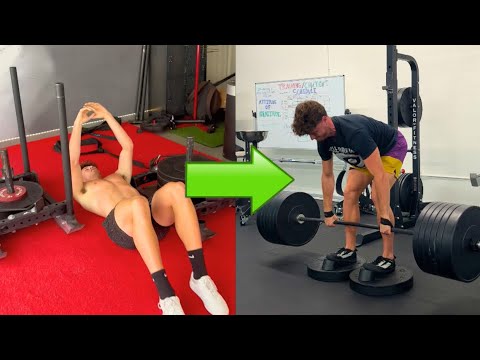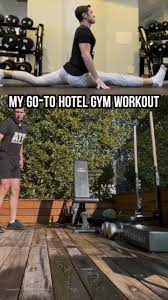
Unlocking Athletic Potential with Simple Hotel Gym Workouts
Travelling frequently means abandoning your regular workout routine, but this does not have to be a setback. In this article, I’ll share insights from a YouTube video that highlights four simple yet effective exercises you can do in a hotel gym to enhance flexibility, strength, and overall athletic potential. These exercises, presented by the video creator, aim to provide results without the need for extensive equipment, making them accessible for anyone on the go.
The Importance of Mobility
The video begins by discussing the difficulties of keeping a fitness routine while travelling. Hotel gyms, which often have limited equipment, may not meet the specific needs of people who want to improve their mobility and flexibility. A lack of suitable tools can stymie progress and leave travellers feeling disconnected from their regular workout routines.
Exercise 1: ATG Split Squat for Beginners
The first exercise shown in the video is the ATG (Ass to Grass) Split Squat. The creator emphasises the benefits of front foot elevation for increased flexibility, making it an excellent option for beginners. The presenter encourages viewers to focus on both mobility and strength while demonstrating proper form. The exercise requires minimal equipment, such as a bench or stairwell, making it suitable for a variety of gym setups.
Exercise 2: Full-Stretch Romanian Deadlift (RDL)
Next, the video introduces the Full Stretch Romanian Deadlift, which targets the upper hamstrings and promotes flexibility. The presenter emphasises the stretch and strength combination, providing detailed guidance on form and execution. The exercise uses dumbbells, making it suitable for hotel gyms with limited equipment.
Exercise 3: POWRAISE for Athletic Potential
The POWRAISE, named after long jump world record holder Mike Powell, will be the focus of the next segment. This exercise, which uses a bench and a dumbbell, aims to improve athletic performance. The POWRAISE offers a one-of-a-kind workout that can easily be incorporated into a hotel gym routine by engaging specific muscles associated with running and jumping.
Exercise 4: External Rotation for Posture Improvement
The final exercise in the video is External Rotation, which is intended to improve posture and strengthen the muscles around the shoulders. This exercise involves controlled movements and specific positioning, which helps to build upper body strength. The presenter emphasises its importance for individuals interested in sports such as throwing, making it useful for athletes of all disciplines.
These four exercises provide a comprehensive and effective workout routine for travellers with limited equipment. The video contains clear instructions on proper form and execution, making it appropriate for people of all fitness levels. By incorporating these exercises into your hotel gym routine, you can maintain and even improve your athletic ability while travelling.
Maintaining Consistency While Traveling
The video emphasises the importance of consistency, encouraging viewers not to view travel as a loss of progress. Instead, it recommends using these exercises to achieve outlier results in a simplified manner. The presenter, who faces challenges as a father of two toddlers, emphasises the workouts’ adaptability to changing schedules.
Stay Tuned for Flexibility Standards
The video teaser foreshadows upcoming content centred on flexibility standards that require no equipment. This additional information promises to appeal to people looking for exercises they can do anywhere, without the need for specialised gym equipment.

